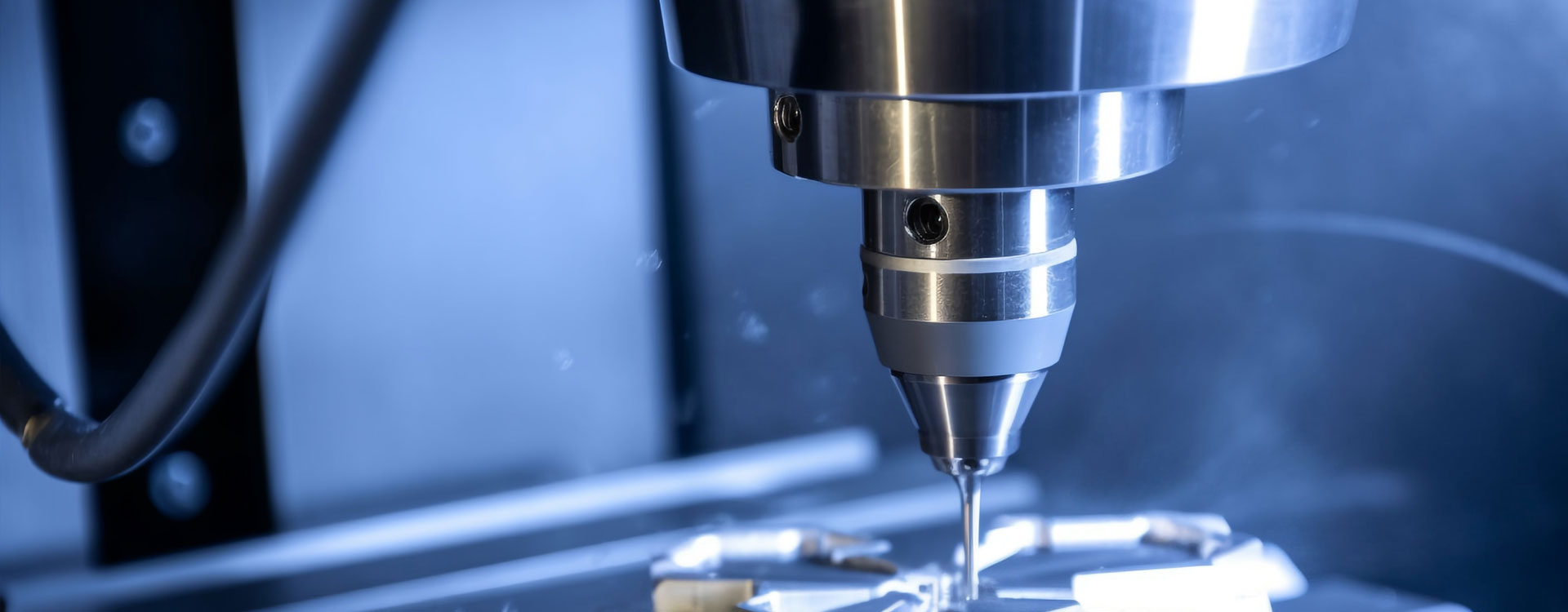

1.Temperature of the Inspection Room are guaranteed between 18 °C and 22 °C.
2.In order to assure the accuracy of the inspection, the inspected parts must be kept in the Constant Temperature Inspection Room at least four hours before inspection.
3.Clean the table surface and keep the table clean to avoid scratching the parts.
4.Place the parts on the table surface, be sure that there is the red stamp on the drawing to avoid mistakes.
Check the quantity, material, surface treatment, quenching and polish treating (If the parts are symmetric, must be aware of their quantity and left part and right part) and then check the parts with processing parts if they are the same, avoid missing checking.
5.After confirmation, clean the surface of the part to avoid measuring tolerance.
1.The name of the inspectors must be shown on the top left of the corner for future follow up of the measurement.
Defective problems must be shown on the top right of the corner.
2.When doing measuring, must check thread gauge is no gaps and damage, then measuring the depth and verticality. Do coloring after inspection.
3.For size without tolerance and size with tolerance, if micrometer, inner diameter gauge, CMM and height tester needed, must calibrate the inspection measurement equipment first and then doing measure. Inspected size must be color marked.
For size with tolerance, real inspection size must be written and color marked. (If customer requires, CMM Inspection Report can be provided.)
4.Check the surface of the part, be aware if the part need polish or not.
Doing hardness inspection. Inspect the surface by traceless hardness inspection measurement equipment.
5.Check if the real hardness if it is under the tolerance range required. (If customer requires, hardness sticker can be provided)
6.Check if the stamping is required. If yes, must be approved by the workshop foreman.
7.When inspecting the concentricity, verticality, squareness, symmetry and straightness, real inspected size must be written on the drawing and color remarked.
8.At last, check the appearance of the parts if there are scratches and bumping.
For big size parts, must check if they are deformed and if there are chamfers (such as angle R, angle C and others.)
9.After finishing all the inspections, if no problems, submit them to the workshop foreman to do the second inspection.
If there are problems, workshop foreman assistants need confirm which department is responsible for the defection repair.
10.After repair, parts recheck is needed. If no problems, end inspection.
1.If the parts are qualified, pass them to the workshop foreman. If surface treatment is needed, put them in the designated box.
2.Foreman does the second inspection. Check the quantity, material if are correct and confirm if the inspected size are color remarked. Check scratches and if the inspector’s real inspection size is under the tolerance range required.
At last, check the important tolerance positions and surface treatment to ensure the parts meet the drawing standard.
3.After surface treatment, foreman assistant do the second inspection of the tolerance hole. If no problems, put the drawing the parts in the box and confirm the part number. If no problems, pass them to the packing department and attach Inspection Report.